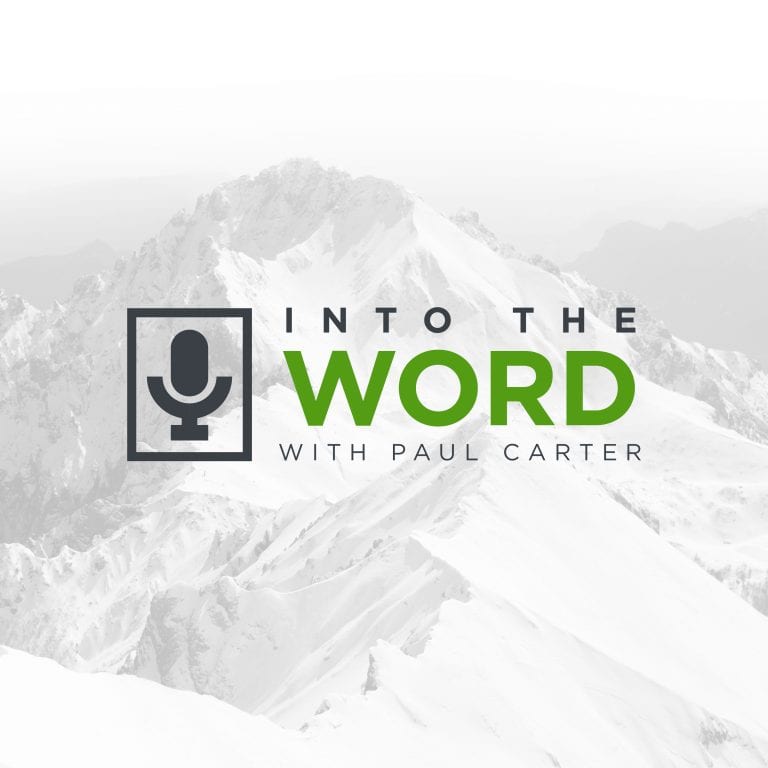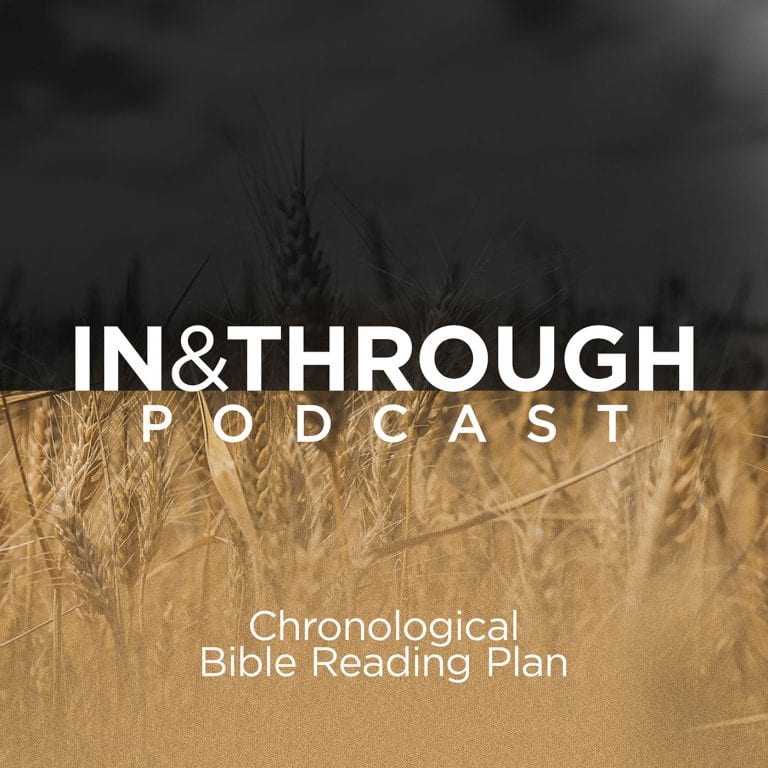In what “could be a landmark day for Calgary’s LGBTQ community,” the City of Calgary (Alberta’s largest municipality) voted yesterday on a proposed ban on Conversion Therapy.[1] Federally, the Liberal government has tabled legislation to amend the Criminal Code to make the practice of Conversion Therapy a Crime.[2] Proposed bans on Conversion Therapy seem to be in the news since every major municipality, province, and even the Federal Government have enacted or are considering such bans.
Although the coverage by the media is almost entirely focused on the “pro-ban” viewpoint, they do report on a divergence of opinion:
- The pro-ban party describes the aim as “a ban of the harmful, discredited practice aimed at changing someone’s gender identity or sexual orientation.”
- The anti-ban party asks, “where will those who voluntarily seek help turn, and how might this impact religious freedom?”[3]
Many Canadians struggle to understand the issues and implications of Conversion Therapy bans. For that reason, I want to clarify a number of related questions such as: What is Conversion Therapy? What Does a Conversion Therapy Ban Actually Ban? What Impact Might This Have on Churches? While I have tried to think about the current situation and its implications through my pastoral and my legal background, nothing in this article is intended as legal advice.
What is Conversion Therapy?
Defining Conversion Therapy is a two-stage process. First there is the existing “medical” definition of a process that is coercive and involuntary. Traditionally, as the Canadian Psychological Association (the “CPA”), Canada’s largest association of psychologists, defines it, these would be formal therapeutic practices:
Conversion therapy, or reparative therapy, [which] refers to any formal therapeutic attempt to change the sexual orientation of bisexual, gay and lesbian individuals to heterosexual.[4]
The Government of Canada is proposing a definition in its upcoming legislation, Bill C-8, “An Act to amend the Criminal Code (conversion therapy).” Bill C-8 defines Conversion Therapy broadly as any practice as follows:
conversion therapy means a practice, treatment or service designed to change a person’s sexual orientation to heterosexual or gender identity to cisgender, or to repress or reduce non-heterosexual attraction or sexual behaviour.[5]
The City of Calgary is seeking to cooperate with the Parliament, by a complimentary bylaw which uses fines and business license powers to ban all practices which aim “to change a person’s sexual orientation through counselling, behaviour modification and religious teachings.”[6][7]
The larger question then is what is a banned “practice, treatment or service” under the proposed criminal code legislation. What “counselling, behaviour modification and religious teachings” would be banned by bylaw.
It may become a question for the courts to decide on what is “a practice,” which can be defined as “aimed at changing someone’s gender identity or sexual orientation” or “to repress or reduce non-heterosexual attraction or sexual behaviour.”
What Does a Conversion Therapy Ban Actually Ban?
Here we consider what is not banned, what is banned, and look at the effect of this ban. What is not banned is any practice which is, “a practice, treatment or service that relates (a) to a person’s gender transition; or (b) to a person’s exploration of their identity or to its development.”[8] Thus a service helping a person change their gender or identity from heteronormative, cisgender orientation is not to be banned.
What is banned are five harms:
- Causing a person to undergo conversion therapy against the person’s will;
- Causing a minor to undergo conversion therapy;
- Doing anything for the purpose of removing a minor from Canada with the intention that the minor undergo conversion therapy outside Canada;
- Advertising an offer to provide conversion therapy; and
- Receiving a financial or other material benefit from the provision of conversion therapy.
The Criminal Legislation and Bylaw work hand in hand to prevent such harm. For example, the Calgary Motion declares its aim of “protecting Calgarians from the harms associated with the practice of conversion therapy.”[9]
Some also worry about a “chilling effect” on religious institutions because of these laws. The Preamble (the legal justification) to Bill C-8 explains that Parliament seeks to address two harms in Criminalizing Conversion Therapy:
- “harm to the persons, and in particular the children, who are subjected to it;”
- “harm to society because, among other things, it is based on and propagates myths and stereotypes about sexual orientation and gender identity, including the myth that a person’s sexual orientation and gender identity can and ought to be changed.”[10]
Both Bylaw and a Criminal Statute aim “to discourage and denounce the provision of conversion therapy in order to protect the human dignity and equality of all Canadians.”[11]
This leads to a third and sometimes unintentional consequence, which as noted has been called a “chilling effect.” Since the Calgary Bylaw references “religious teaching,” does it view traditional religious teaching on sexual morality as causing these harms?[12]
What Impact Might This Have on Churches?
The answer to this is that we simply don’t know enough! At this point, it is probably best to recognize that the impact may occur in one of three areas: Criminal, Bylaw, or the Chilling Effect.
Criminal law. The Department of Justice has specifically addressed the concerns of churches, stating:
These new offences would not criminalise private conversations in which personal views on sexual orientation, sexual feelings or gender identity are expressed such as where teachers, school counsellors, pastoral counsellors, faith leaders, doctors, mental health professionals, friends or family members provide support to persons struggling with their sexual orientation, sexual feelings, or gender identity.
This is somewhat comforting. However, one has to wonder what the value of the “release” will be, as courts do not consider information releases when interpreting legislation.
Bylaw. Bylaws could have an impact on churches in many ways. What that might mean for a Church is not entirely clear. One Calgary counselor, however, has been quoted as saying of this bylaw, “We will bring teeth. One of the pieces I and our friends in law have been working on is: how can we give this as much teeth as we possibly can? So if you are practising this in our city, we will come after you with everything we’ve got.”[13]
The chilling effect. The chilling effect has the potential to be much more significant. One example of this involves local community soccer centres which are operated by a private organization (fully privately funded). They have posted well-intentioned permanent signs throughout the facility declaring that each is an “inclusive facility according to the Charter.” The Charter does not apply to private associations. But, the association has either misunderstood this, or the Charter (or their interpretation of the Charter!) has lent its moral authority to their position.
- What might happen to a church that teaches traditional Christian sexual ethics and conducts what has been called by some “biblical counseling”? What if this church met in a public school gymnasium? Could the school board deny it a lease on the moral authority of the Bylaw?
- A further significant impact of the chilling effect is that this legislation might deprive the same people. What will happen to a teen who wants to live out his or her faith and struggles with sexual identity, who comes to a church, or a school counsellor, or another organization seeking help and guidance? Will there be anyone to help that young person?
At the same time, neither the legislation nor the bylaw addresses the simple expression of ideas in the context of religious education (preaching, teaching, and discipleship), provided that this education is not directed in a program “designed to change a person’s sexual orientation to heterosexual or gender identity to cisgender, or to repress or reduce non-heterosexual attraction or sexual behaviour.”[14]
Church leaders should search out sound legal advice and look to helpful resources as things unfold.
[1] Adam Toy, “Calgary city council to vote on conversion therapy ban bylaw Monday,” Global News. Accessed on May 25, 2020.
[2] “Bill C-8: Criminal Code Ban on Conversion Therapy,” The Evangelical Fellowship of Canada. Accessed on May 25, 2020.
[3] “Calgary council unanimously votes to draft bylaw banning LGBT conversion therapy,” CBC. Accessed on May 25, 2020.
[4] “CPA Policy Statement on Conversion/Reparative Therapy for Sexual Orientation.” Canadian Psychological Association, 2015. Accessed on 25 May 2020.
[5] Department of Justice. Accessed on May 25, 2020.
[6] “Calgary Moves to Ban Conversion Therapy,” Global News Online . Accessed on May 25, 2020.
[7] “Banning Conversion Therapy,” Notice of Motion. Accessed on May 25, 2020.
[8] See n5 above.
[9] “Banning Conversion Therapy,” Notice of Motion. Accessed on May 25, 2020.
[10] Ibid.
[11] Ibid.
[12] Global News, see FN 1 above.
[13] “Proposed changes to Canada’s Criminal Code relating to conversion therapy” Department of Justice, Accessed on May 25, 2020
[14] Ibid.




















